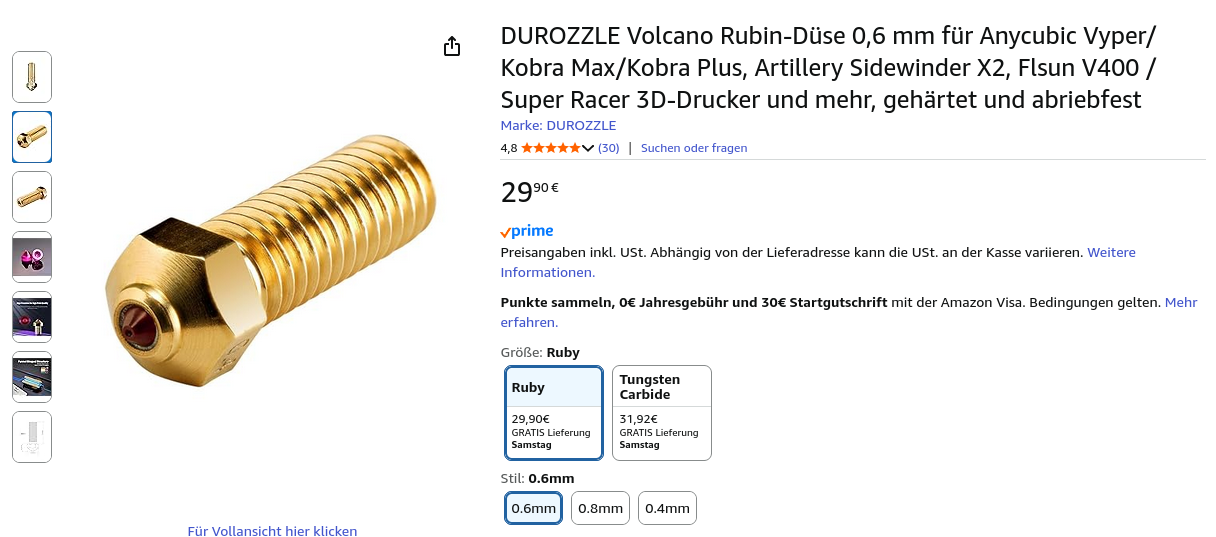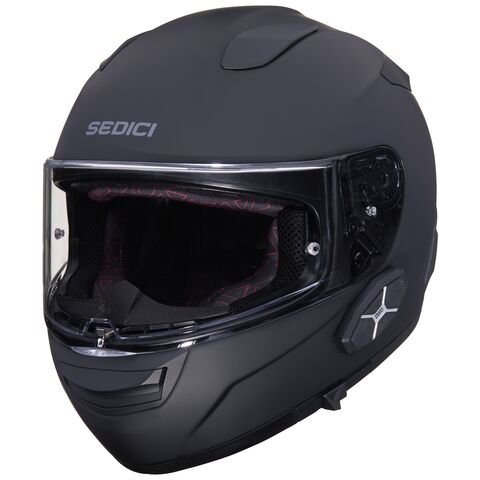I bought one on a whim about 6 years ago. I printed my first print shortly after setting it up and.. the print failed. Plastic spewed from the nozzle and made a tangled mess. I looked into it some more, continued to try to get it to work. Next the plastic doesn't sit on the bed. Once more plastic spewing from the nozzle and a tangled mess.
I kept trying over the years, bed levelling, nozzle cleaning, third party software patching, purchasing a level measuring device, new spools, higher quality spools, new bed covers. Over and over the prints failed and I ended up, every time, the owner of a freshly produced, still warm plastic spider web. Once or twice I managed to get a print that looked at least somewhat like what I was trying to print. But it'd still be marked by poor layer distancing, bumps, fucked up layers where it didn't adhere properly, and just generally a poor, unsatisfactory quality.
Please understand that I've owned a 3D printer for 6 years and don't know the first thing about them. I must admit I didn't realise how much learning I'd have to do when I purchased one and I'm not the brightest when it comes to this kind of thing. I also have a learning disability that makes it hard for me to pick new things up.
I merely assumed I'd be able to print small items I needed or wanted for various purposes and pick up a part time hobby along the way. But my experience has just been miserable. I don't have the money to purchase a better printer, more up to date one, or to really fix any major issues that might plague my current one. And it's made me want to give up the idea of 3D printing altogether.
The printer I have is a monoprice maker select. It uses PLA. I'm not able to check right now but I'm pretty sure the temps I use are ~200 / ~60. The bed is absolutely destroyed by failing to use glue as an adhesive and the bed level being so off that the printer drove it's nozel into it and leaving a permanent dent deep into the bed.
It's in a pretty poor condition but theres not a lot I can do about it unless the solution is extremely cheap or free. This is kind of a last ditch effort to figure out how to use the thing before I either give it away or throw it out. I'm pretty disappointed by the whole affair to be honest. I really liked the idea of 3D printing.
So, I'm here to ask, how do I even begin to make this thing work? Or should I just give up?


 .
.




